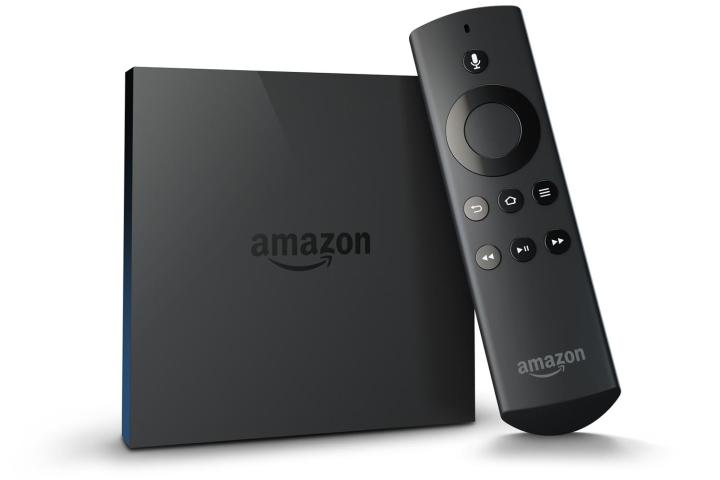
In the great software wars, we back our favorite operating systems with a zeal normally reserved for sports teams and political parties. Loyalty to a given ecosystem has become more than just a matter of different features and app selection, it’s a commitment. And as anyone who’s attempted to switch between them can tell you, the difficulty of severing ties is about fun as getting a new driver’s license or canceling a gym membership. To paraphrase the worst of The Godfather movies, they keeping pulling you back in.
But as all eyes have been focused on Microsoft, Apple and Google’s very public fight for our hearts and finger tips, Amazon hooked us while our backs were turned. And its latest play, the Fire TV shows just how deep the hook is set.
The first taste, as they say, is always free. For Amazon, that meant bundling Instant Video in for free with its already seemingly too-good-to-be-true Prime offering. Taken on its own, the service’s selection wasn’t much to speak of: 5,000 streaming titles, the majority of which seemed to overlap with every other streaming service out there. Not nearly enough to convince the majority of us to dump our Netflix or Hulu accounts, but hey, Instant Video was just icing on the free shipping cake — even last month when the company upped the price by a $20 a year. Free shipping and the ability to stream Spring Breakers whenever I want? Not gonna look that gift horse in the mouth.
The truth is that the Fire TV exists to sell you Amazon content, first and foremost.
It works. Amazon devotees who have already picked up a Kindle Fire will find the experience on the newly announced Fire TV comfortingly familiar, with the set-top box running Amazon’s extremely user-friendly Mojito Fire OS skin atop an Android base. And like the company’s tablet, running on Android makes porting apps from Google’s popular operating system a relatively easy undertaking, but it doesn’t mean going so far as actually offering directly access to Google Play.
For all the promises of “open ecosystems” we heard from Amazon around the product’s launch, the truth is that the box exists to sell you Amazon content, first and foremost. While it’s true that you’ll be able to watch your Netflix and Hulu subscriptions on the device, when time comes to actually buy those videos, well, Amazon wants to be the service for you. You’re committed to a Prime membership for the long haul, remember? After all, that’s where Amazon’s really making the money here.

As for actually convincing users to pick up a Fire TV, well, that’s a bit of a tougher proposition. A year ago, before Google and Roku hit the scene with their ultra low-cost offerings, the fight would have been much easier for a $100 Amazon set top box, and it really could claim to be “open” compared to Apple TV. Now, Fire TV has stiffer competition. But Amazon has what none of its competitors have: one of the greatest billboards in the world, in the form of Amazon.com.
It’s a platform that reaches early adopters and casual users alike, and one that has served the company incredibly well in the past, selling e-readers to book buyers and tablets. Head over there now, and you’ll see another friendly letter signed by CEO Jeff Bezos, monopolizing 75-percent of that incredibly valuable real estate. In it, the exec promises, “the easiest way to enjoy Netflix, Prime Instant Video, Hulu Plus, WatchESPN, low-cost video rentals and more.” $99 for instant access to more than 200,000 TV episodes and movies? Sounds too good to be true. Head on over to the Instant Video page, and you’ll see the same.
Using its store to sell its own products has been successful for Amazon in the past, and will likely deliver for the company once again, especially when the holidays roll around. After all, users looking to give the set-top box as a gift don’t have to worry about ecosystem loyalty in the way they would with an Android or iOS device.
Whether we like it or not, Amazon knows how to make us an offer we can’t refuse.
Check out our review of the Amazon Fire TV media streamer.


